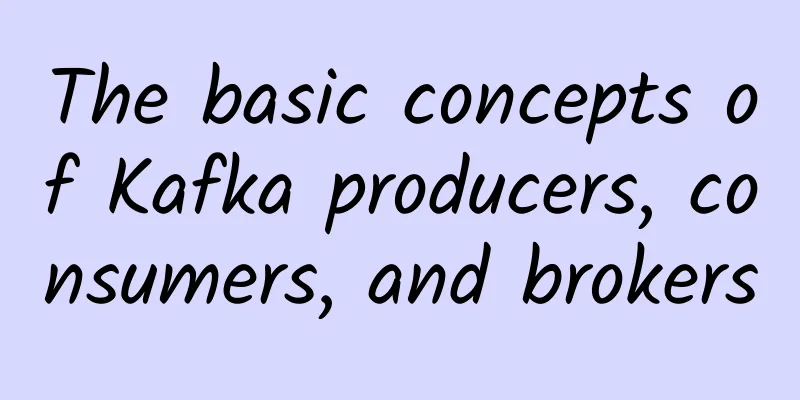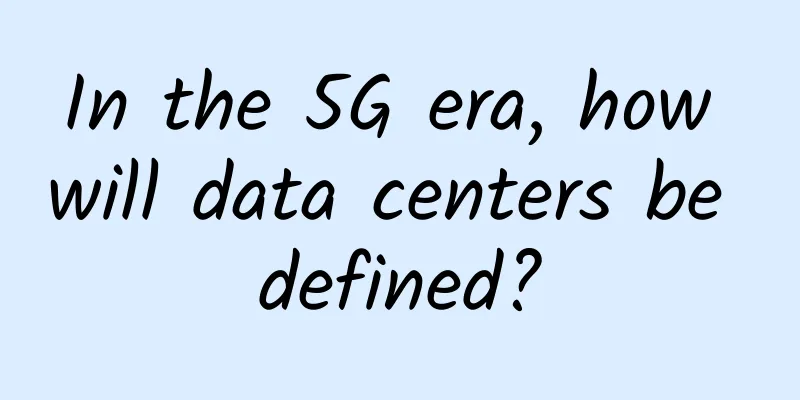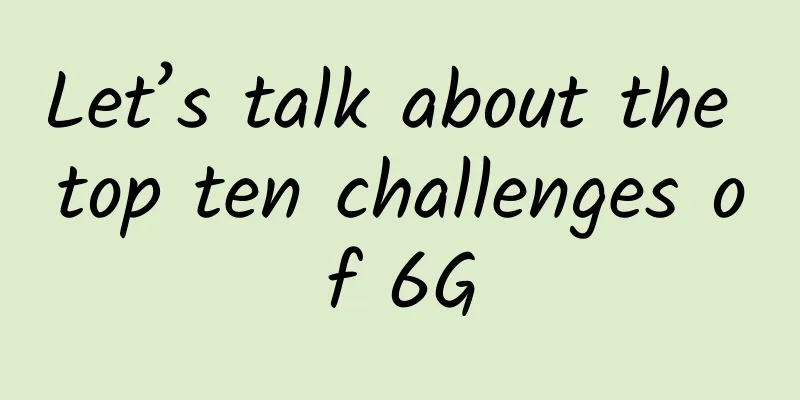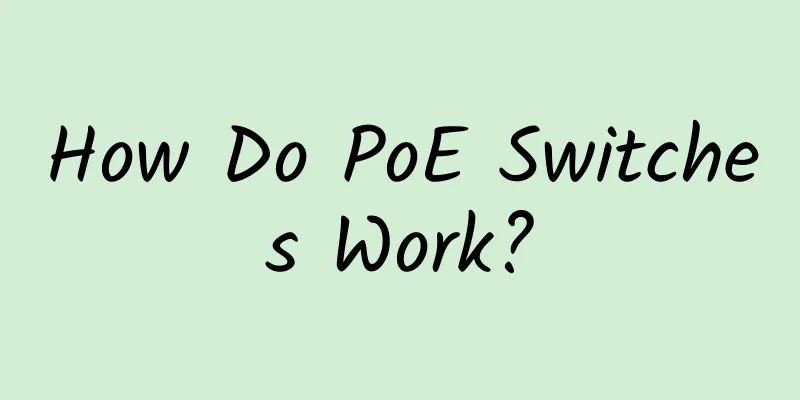The basic concepts of Kafka producers, consumers, and brokers

|
Kafka is a publishing and subscription-based messaging system. It is often referred to as a "distributed commit log" or "distributed streaming platform". File system or database commit logs are used to provide a persistent record of all transactions, and the state of the system can be reconstructed by rebuilding these logs. Similarly, Kafka's data is persisted and stored in a certain order and can be read on demand. 1. Kafka topology 2. Characteristics of Kafka It also provides high throughput for distribution and subscription. It is understood that Kafka can produce about 250,000 messages per second (50MB) and process 550,000 messages per second (110MB). The number of messages mentioned here may not be particularly accurate because the size of the messages may not be consistent; Persistence operations can be performed to persist messages to disk and store them in the form of logs, so they can be used for batch consumption, such as ETL, and real-time applications. Data loss can be prevented by persisting data to hard disk and replication. The state of message processing is maintained on the consumer side, not on the server side, and can be automatically balanced in the event of a failure. 3. Kafka's core concepts Glossary 3.1 The concept of Producers Message and data generators. The process of publishing messages to a Kafka topic is called producers. 3.2 The concept of broker: Broker does not have a replica mechanism. Once a broker goes down, the messages of that broker will be unavailable. 3.3 Message Composition Message: It is the basic unit of communication. Each producer can publish a message to a topic. 3.4 The concept of consumers Message and data consumers, the process of subscribing to a topic and processing the messages it publishes is called consumers. In Kafka, we can think of a group as a "subscriber". Each partition in a topic will only be consumed by a consumer in a "subscriber", but a consumer can consume messages from multiple partitions. Note: Kafka's design principle determines that for a topic, the same group cannot have more consumers than the number of partitions consuming at the same time, otherwise it will mean that some consumers cannot get the message |
<<: How to smoothly go online after MySQL table sharding?
>>: Experience the Serverless application programming model in cloud native scenarios
Recommend
Star Domain CDN won the 2016 "Most Trustworthy CDN Solution Award"
[Original article from 51CTO.com] Recently, Star ...
HostKvm newly launched China Unicom CUVIP line VPS, 1G memory package starts at $5.2/month after 20% discount
Recently, more and more merchants have connected ...
China Telecom is the best at number portability
Although the three major operators seem to have r...
Forecast of new technology trends such as 5G/NB-IoT/LTE-Cat1/LoRa/Bluetooth/WiFi
Regarding the Internet of Things, the importance ...
GigsGigsCloud: Los Angeles CN2 GIA+CUVIP line KVM quarterly payment starts from US$18
GigsGigsCloud is a Malaysian hosting company foun...
Five-minute technical talk | Semantic communication technology helps build a safe countryside
Part 01 Semantic Communication Technology The rap...
Web Hosting Guide: Ten Ways to Improve Website Performance
In today’s digital world, website speed is extrem...
Through "confession", let us quickly understand the seven-layer network protocol
[[265791]] This chapter mainly introduces the net...
[Heavyweight Tips] 5 steps to build a wireless network!
Here's some heavyweight goodies today! Let’s ...
China Unicom and its partners release the Trusted Network White Paper
On July 9, 2023, China United Network Communicati...
Artificial Intelligence in the Data Center: Seven Things You Need to Know
Artificial intelligence and machine learning are ...
TripodCloud: San Jose CN2 GIA line starting at $38.99/half year, optional large hard drive
TripodCloud (Yunding Network) is a low-key Chines...
Riverbed Digital Experience Management
Today, most businesses realize that in order to a...
Technical Life Part 5-A brief discussion on how to become the number one technician?
Preface Most people have their own fixed thinking...
Is Your Ethernet Cable Faulty? Signs to Watch Out For
Cables are an unwanted but necessary thing, and ...

![[Security Alert] Baota Panel suspected vulnerability or Nginx abnormality](/upload/images/67cabfe7c791c.webp)
![[Black Friday] CloudCone: Los Angeles VPS from $16.79/year, Premium SC2 from $32.94/year](/upload/images/67cabff9214b9.webp)






